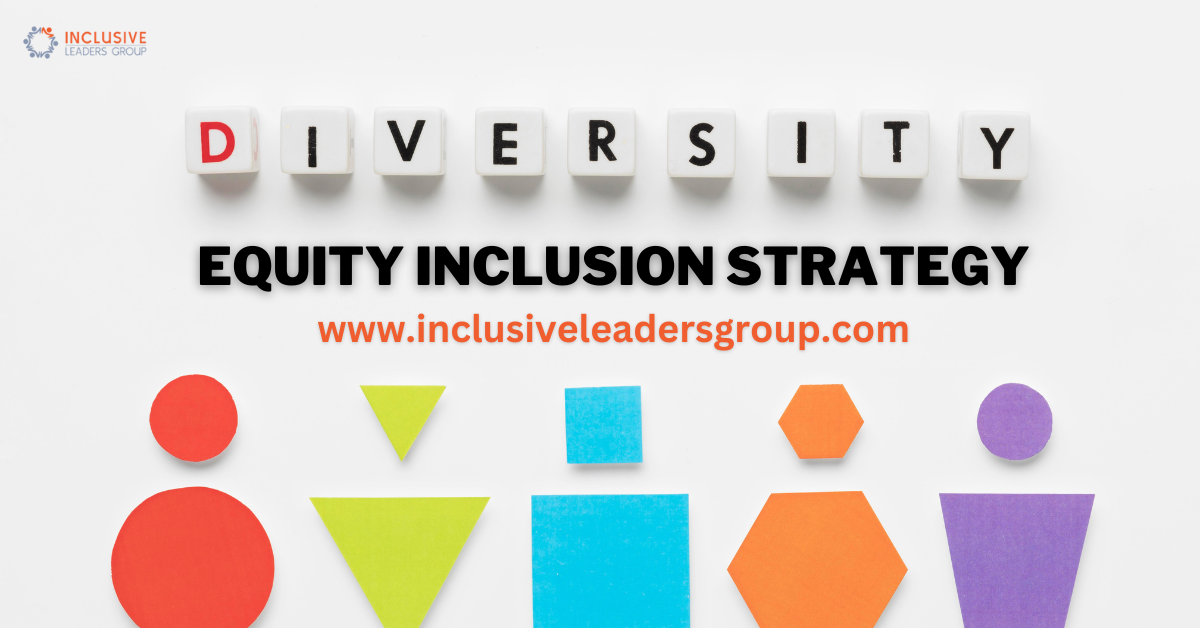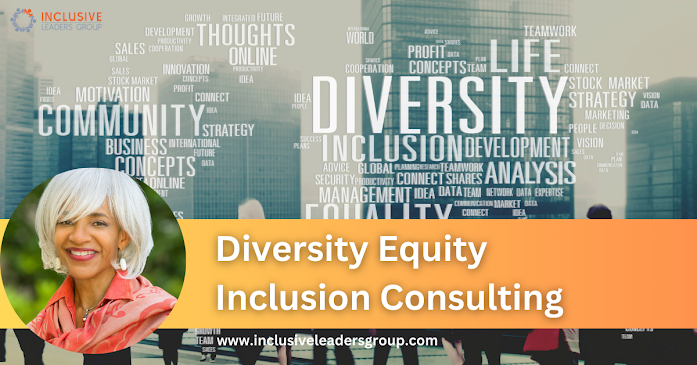Building a Comprehensive DEI Strategy | ILG
In today’s rapidly evolving corporate landscape, fostering diversity, equity, and inclusion (DEI) isn’t just a buzzword; it’s a strategic imperative. Organizations worldwide are recognizing the immense benefits of a diverse workforce, both in terms of innovation and employee satisfaction. In this article, we will explore the significance of a Diversity Equity Inclusion Strategy and how it can transform workplaces into more equitable and inclusive environments.

Understanding the Basics
What is Diversity?
Diversity encompasses the broad range of differences among individuals, including but not limited to race, ethnicity, gender, age, sexual orientation, and abilities. It’s about acknowledging and embracing these differences to create a richer and more dynamic work environment.
Equity vs. Equality
While equality ensures that everyone gets the same resources, equity focuses on distributing resources based on individual needs. In the workplace, achieving equity means providing equal opportunities for all employees, taking into account their unique circumstances and challenges.
Inclusion Matters
Inclusion goes beyond diversity and equity. It’s about creating an environment where every employee feels valued, respected, and heard, regardless of their background or characteristics. An inclusive workplace promotes collaboration, creativity, and a sense of belonging.
Building a Comprehensive DEI Strategy
The Role of Leadership
Effective DEI starts at the top. Leaders must champion diversity, equity, and inclusion and set the tone for the entire organization. Their commitment and actions trickle down and influence the entire workforce.
Assessing the Current State
Before formulating a DEI strategy, it’s crucial to assess the current state of your organization. Collect data on diversity metrics, conduct surveys, and hold focus groups to understand the experiences and perspectives of your employees.
Setting Clear Objectives
Define specific, measurable, and achievable goals for your DEI strategy. These objectives should align with your organization’s mission and values and address areas where improvement is needed.
Inclusive Hiring Practices
Revise your hiring practices to attract a more diverse talent pool. Implement blind recruitment processes to reduce bias and ensure that your workforce reflects the diversity you aim to achieve.
Employee Training and Development
Invest in ongoing DEI training and education for all employees. These programs can help raise awareness, build empathy, and foster a more inclusive culture.
Encourage Employee Resource Groups
Establish employee resource groups (ERGs) that focus on various aspects of diversity. These groups provide a platform for employees to connect, share experiences, and offer support.
Regular Evaluation and Adjustment
A DEI strategy is not static; it should evolve with your organization. Regularly assess progress, gather feedback, and make adjustments as needed to stay on track.
Measuring Success
Key Performance Indicators (KPIs)
Identify KPIs that align with your DEI objectives. These could include metrics related to workforce diversity, employee turnover rates, and employee satisfaction surveys.
Impact on Innovation
A diverse and inclusive workforce fosters innovation by bringing together individuals with varied perspectives and ideas. Measure the impact of DEI on your organization’s ability to innovate.
Employee Feedback
Regularly solicit feedback from employees about their experiences with DEI initiatives. This input can help you fine-tune your strategy and address any emerging issues.
Conclusion
In conclusion, a well-crafted Diversity Equity Inclusion Strategy is not just a checkbox but a driving force behind creating a workplace where every employee feels valued and empowered. Embracing diversity, ensuring equity, and promoting inclusion can lead to improved employee morale, innovation, and overall organizational success.



Comments
Post a Comment